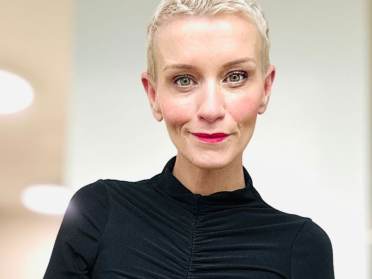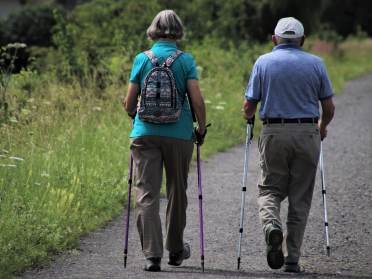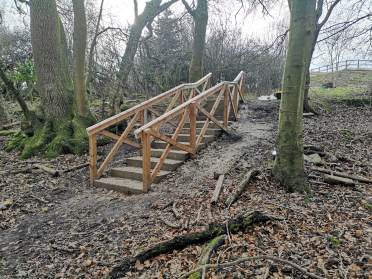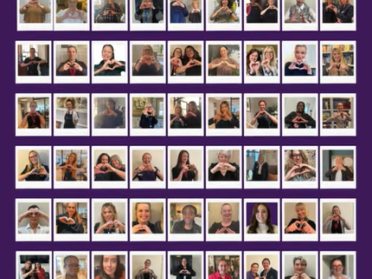What is Biomechanics?
Biomechanics is the science of movement; According to the Britannica Encyclopedia, it is understanding how muscles, bones, tendons and ligaments work together, particularly during the execution of a given task, skill and/or technique. Through this study, we can learn about the body’s natural way of moving and identify ways to remove stress and pressure on our bones, joints, muscles and ligaments. This ultimately improves athletic performance, general wellbeing, and reduces the occurrence of injuries. Biomechanics helps every age group to have a safe, effective and efficient workout.
In the words of Bay, Manager at the Audley Club at Ellerslie in Malvern;
"Good posture and an attitude let you get away with anything!"
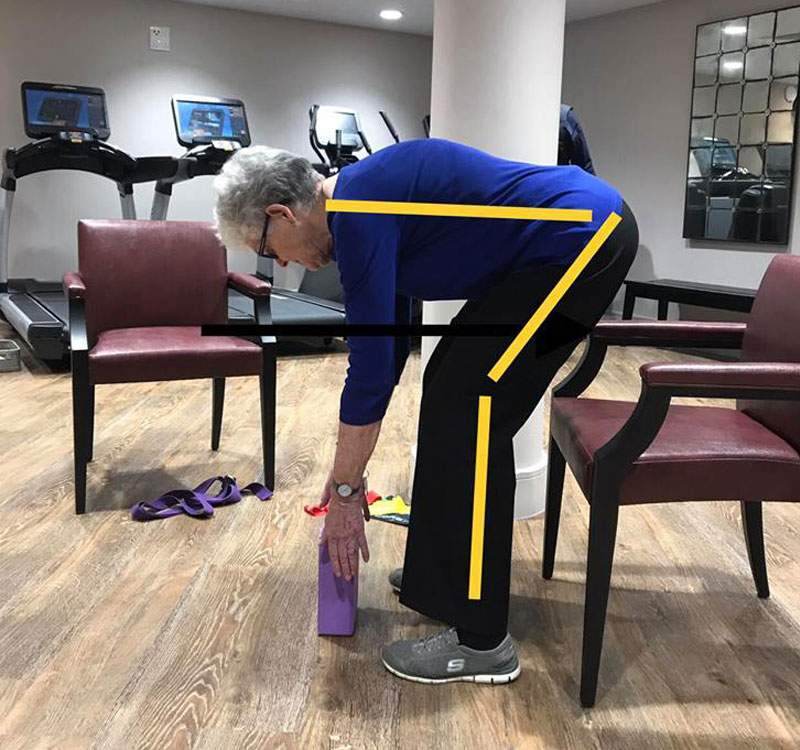
Benefits:
- Increased speed in movement
- More power (jumping, hitting, lifting…)
- Energy conservation through economy of movement
- Helps eliminate muscle imbalances
- Reduces injury
- Prevents wear and tear on joints and ligaments
The importance of Biomechanics in older people
Biomechanics becomes more important with aging as bones get weaker, muscle tone loosens, cartilage thins, and people experience less flexibility and stiffer joints. Overall, bodies become more fragile as they get older.
According to NHS guidelines, adults aged over 65 years old should aim to do two types of physical activity each week – aerobic exercises and strength exercises.
The key purpose of using Biomechanics is to avoid doing harm to the body. For example, during a safe lunge the exerciser’s knee is aligned over the ankle, while during an unsafe lunge, the knee extends beyond the toes.
It is important to note that safety in exercise is different for each person and is based on individual factors such as fitness level, age, balance, bone and joint health.
For those with a good level of fitness and mobility, some form of moderate exercise should be encouraged each day, spending at least two or more days a week on exercises that focus on improving strength. Walking, water aerobics, ballroom and line dancing, cycling, or even gardening are some good examples of moderate exercise that will see the individual’s heart rate increase during the activity.
It is also advised that long periods of sitting down should be broken up with light activity, particularly as sedentary behaviour has been identified as an independent risk factor for ill health, regardless of fitness level.
Older adults who are less mobile and are at risk of falls, should do exercises to improve balance and coordination on at least two days a week, preferably with professional supervision.
Summary
It would be beneficial for everybody to have some understanding about Biomechanics regardless of age to ensure they are keeping their bodies fit and mobile, making the necessary adjustments as age and other health conditions impact the ability to exercise and retain a good level of strength, balance, flexibility and mobility.
If you have any questions or concerns about the appropriate exercise for you, speak to your GP or a health professional for advice.
Choose an Audley Club near you to find out more about a personal assessment and tailored training plan to suit your needs. Whether you're fit and healthy or lacking motivation, our expert physicians can get you moving more.




